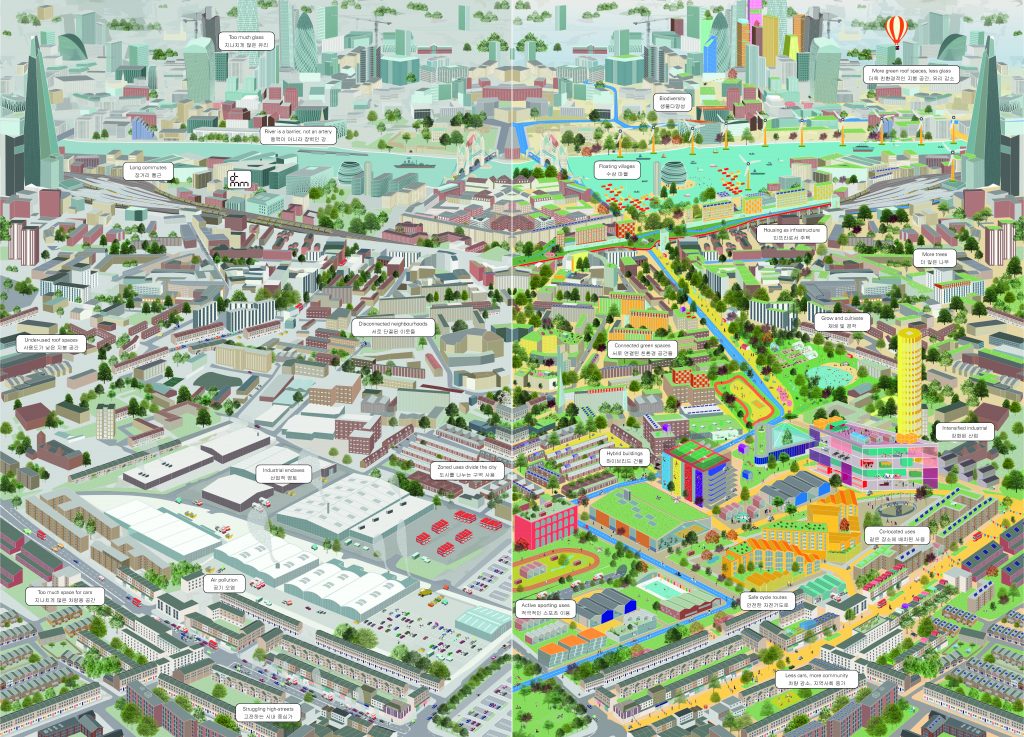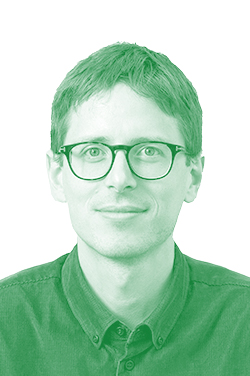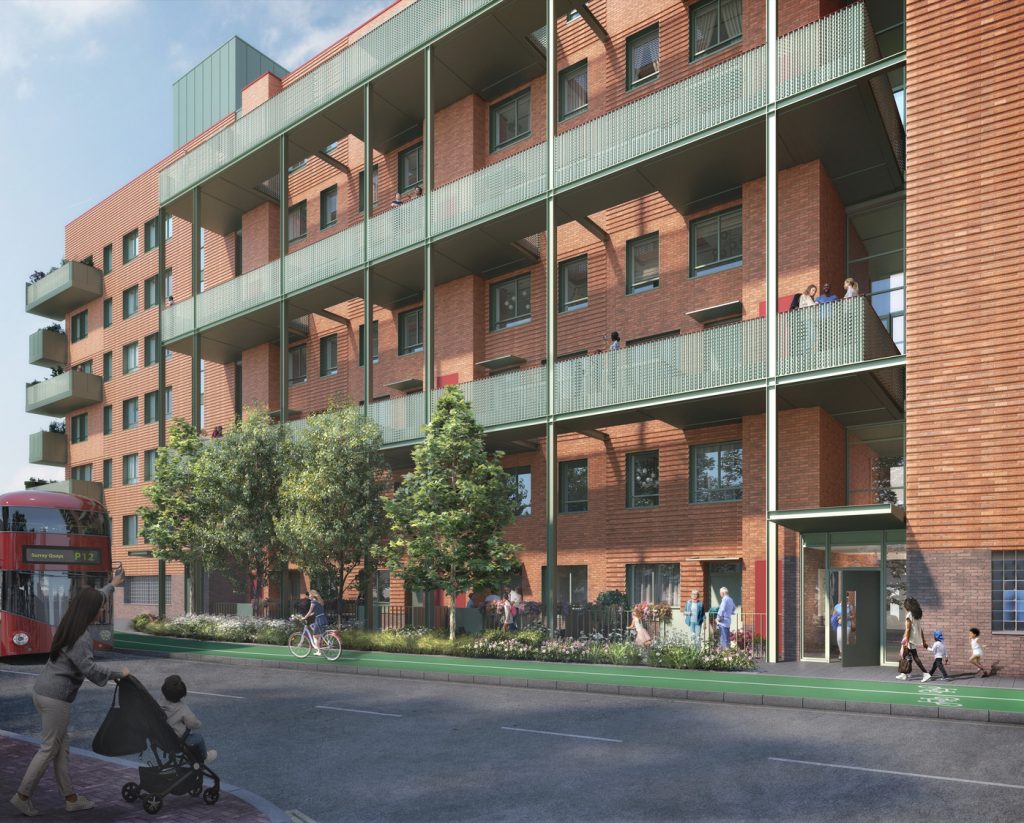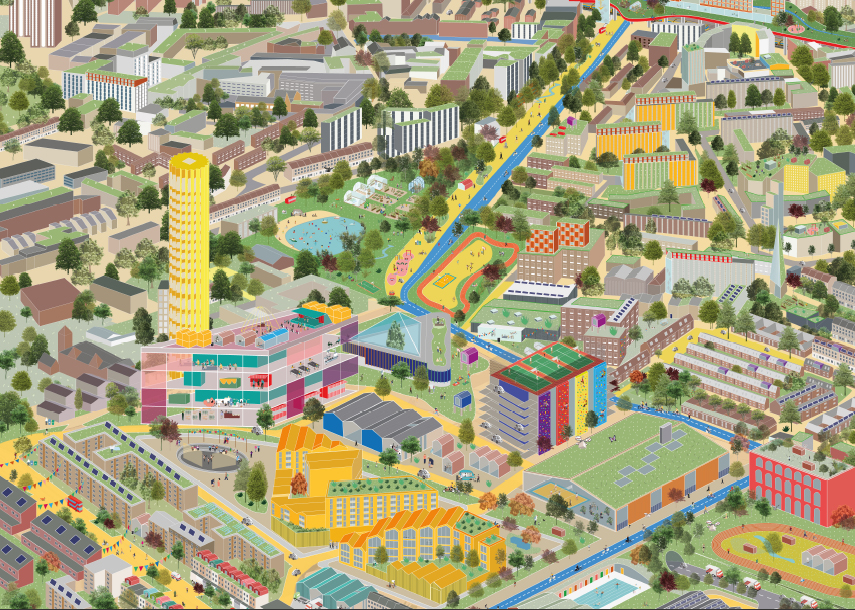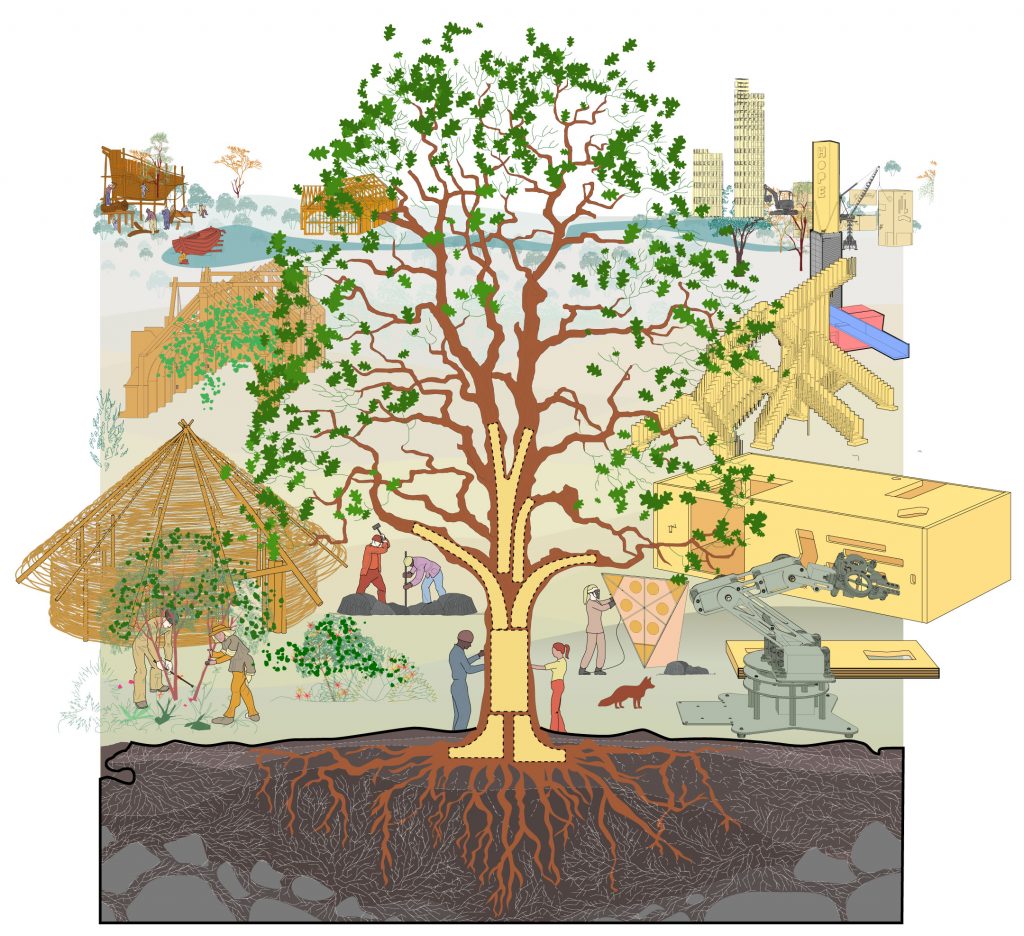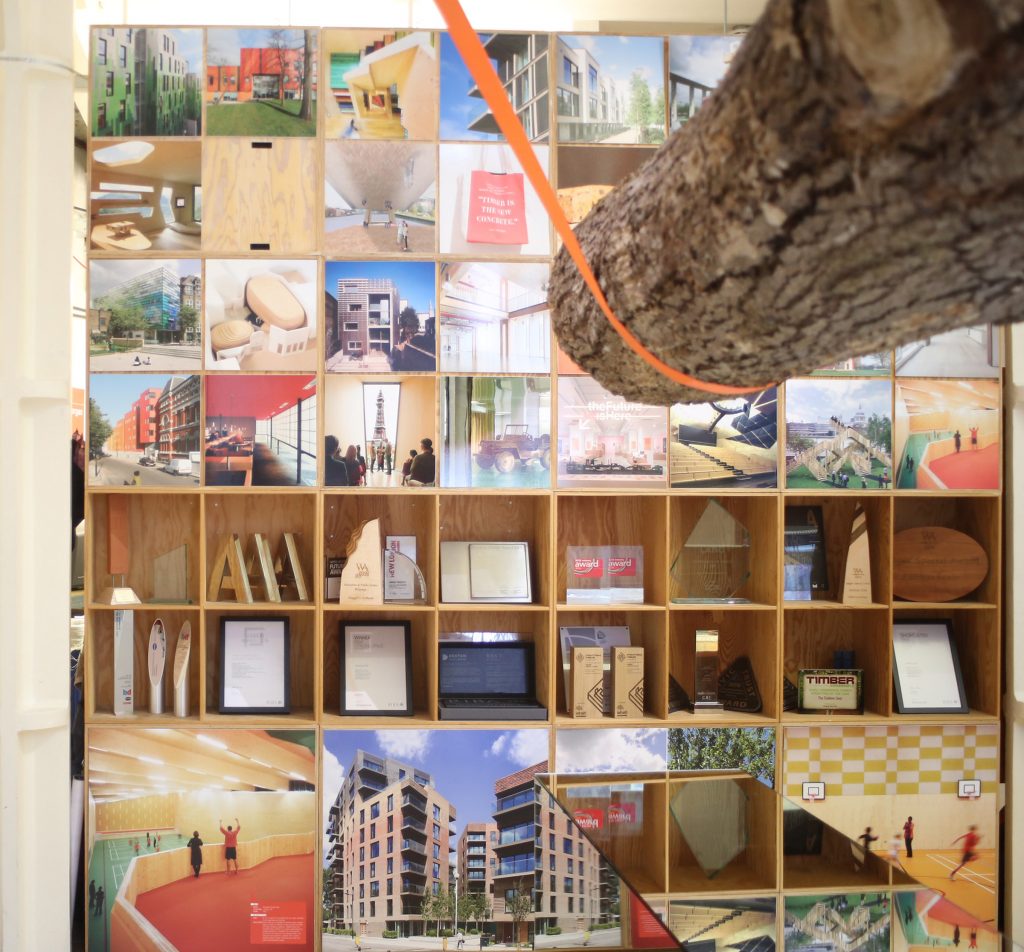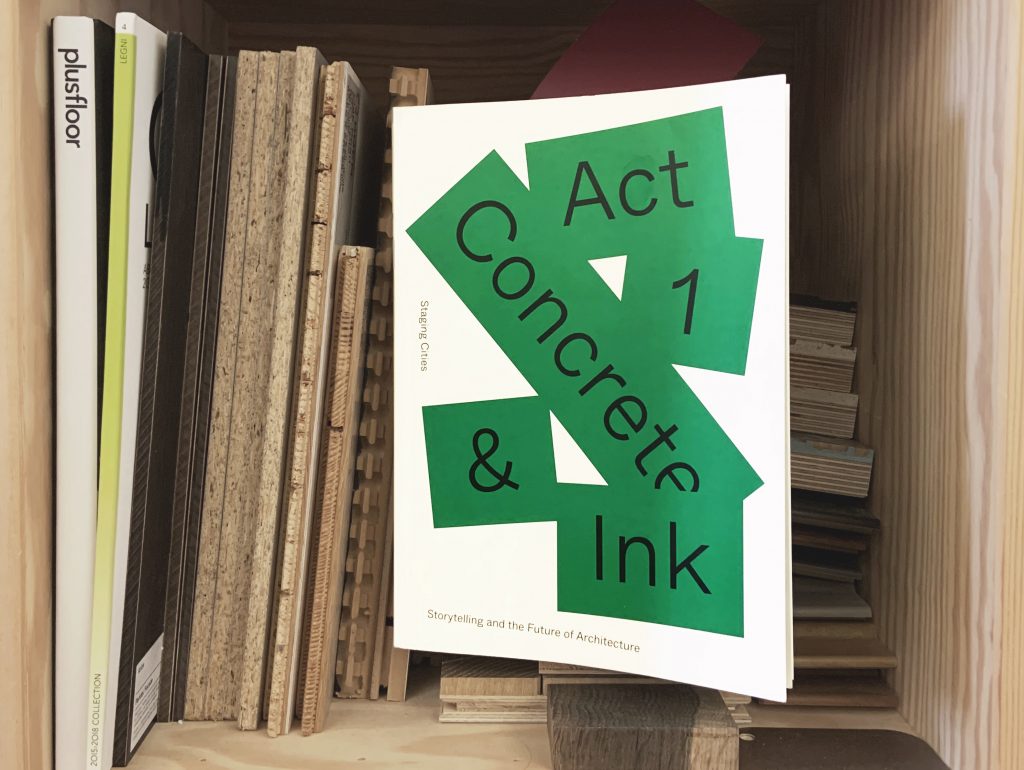Beyond design codes and parameter plans, we believe having an approach to urban design that is defined by flexibility and integration could create meaningful, long-term impact. Street networks outlast buildings by multiples – they impact the way people live, work and travel, directly effecting communities’ happiness indices. Urban design can support social change, encourage inclusion, and have tangible environmental impact.
For this to happen we believe in an urban design approach that rests on design principles that can build resilience, efficiency, and vibrancy into urban settings. As such, our six main urban design principles are:
Adapting to circumstance
This means starting off the design process through criticality, assessment, and asking the right questions. What is really required of the urban system? What is the history of the site and wider context? Urban design should plug into wider infrastructure and ecosystems, focusing on what can be kept and how flexibility and adaptation can be designed in tandem with preservation.
Telling a story
Envisioning a system that unfolds itself over time and an urban story that is written collaboratively. Its characters include the local community, stakeholders and designers. To create this narrative, designers must ask questions others don’t. Urban storytelling must capture the identity of a place and community, tracing it from the past into the future.
Building meaningful participation
Seeing urban design as way to enable community involvement in development processes. Participation means engaging with users, inhabitants, and makers, designing spaces that can be shared and planning for meanwhile uses to activate, engage and test programmes. It means looking for opportunities for co-design, co-location, self-build elements and community focused uses.
Encouraging evolution
Designing the process rather than the finished product. This means seeing neighbourhoods and urban places as ecosystems, working to urban strategies that are adaptable and not reactive. Encouraging evolution is about designing for longevity of structures and asking which elements of urban systems should be fixed, and which can be left open to organic evolution.
Getting the numbers right
This means getting the basics right: plot sizes, street widths, servicing, access, parking – all prerequisites for creating good places. It means creating the right kind of density, creating human-scaled buildings and streets, creating a strong local economy, stimulating local entrepreneurship, encouraging the creation and exchange of multiple kinds of value (social, environmental, cultural).
Closing the loop
Visualising the city as a circular ecosystem includes considerations such as designing for a fully renewable energy supply with mostly local production; designing for zero waste; aiming for 100% circular material flow; designing infrastructure that is flexible and guarantees maximum use; designing for local mobility with zero emissions; and designing to maximise green space.
